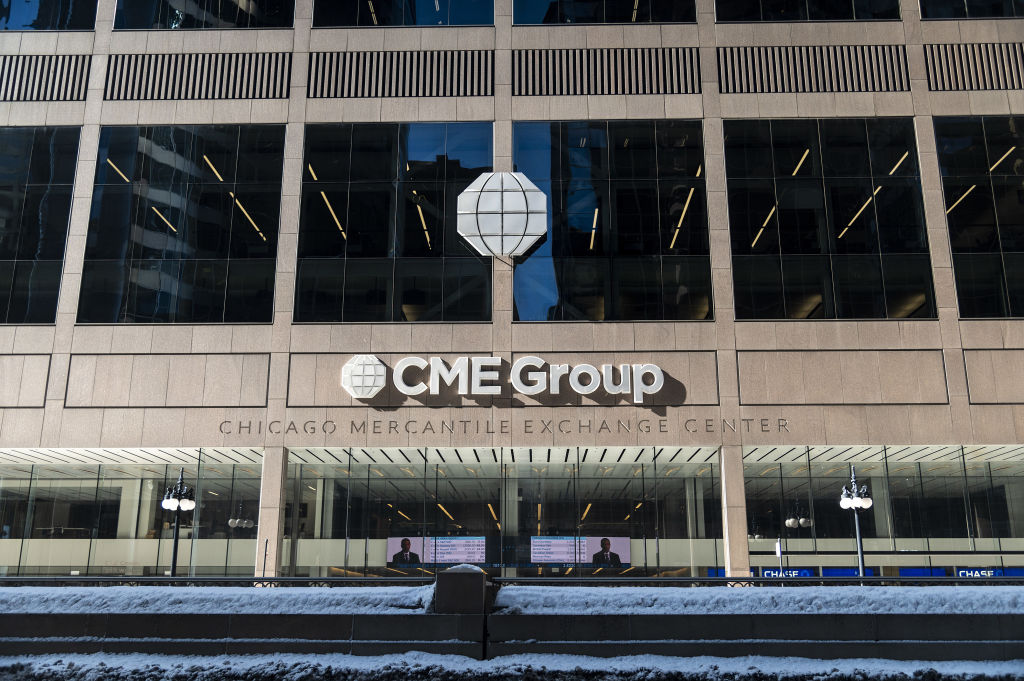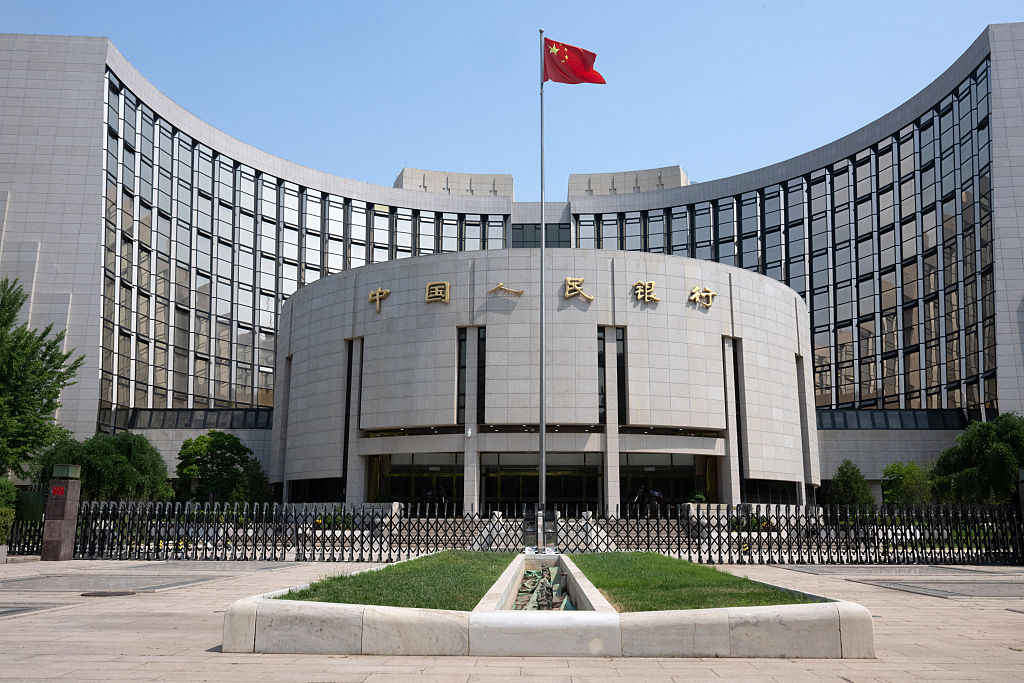DR Horton: US housebuilder that's piling up profits
US housebuilder DR Horton’s stock rests on firm foundations and looks cheap. Matthew Partridge looks at the best way to play it.


Despite the ongoing pandemic the US stockmarket continues to boom. As a result, valuations are at record levels, with the benchmark S&P 500 index now trading on a trailing price/earnings (p/e) ratio of 30. While this is partly due to the fact that earnings have been depressed by the pandemic, even if you compare it with predicted profits the market still looks pricey.
Edward Yardeni of Yardeni Research estimates that it is on a forward p/e of 22, the highest level since 2001 and nearly double the earnings multiple it was trading at a decade ago. It is, in short, very difficult to find shares that look priced at bargain levels.
One of the few stocks that looks very reasonably priced, however, is housebuilder DR Horton (NYSE: DHI), which trades at just 10.7 times trailing earnings and 8.8 times 2021 earnings. This comes despite the fact that Horton almost doubled its revenue between 2015 and 2020, and is expected to keep on growing sales at double-digit rates over the next few years.
MoneyWeek
Subscribe to MoneyWeek today and get your first six magazine issues absolutely FREE

Sign up to Money Morning
Don't miss the latest investment and personal finances news, market analysis, plus money-saving tips with our free twice-daily newsletter
Don't miss the latest investment and personal finances news, market analysis, plus money-saving tips with our free twice-daily newsletter
Horton boasts a strong return on capital, a key measure of profitability, of just under 18%, showing that it can use its resources efficiently. It also has plenty of cash on hand and relatively low levels of net debt.
Can America's house-price boom last?
Of course, the main reason why Horton is so reasonably priced is that some experts are unsure that the current house-price boom can continue. According to data from Robert Shiller of Yale University, US house prices fell by more a third in real terms between 2006 and 2012. They then rebounded by 40%. With nominal national house prices in the US now around 15% higher than at the peak of the housing bubble 15 years ago, some analysts are wondering if another meltdown might be on the cards.
However, several experts have pointed out that some of the biggest price rises have hitherto taken place in the coastal cities (like San Francisco and New York) seen as most desirable. By contrast, price growth in other parts of the US has been much more subdued. With the rise in remote working as a result of the pandemic leading many people to move out of the big markets in search of a better quality of life, these markets are set to benefit from a big boost in demand.
At the same time, the fall in homebuilding caused by the 2006-12 housing crash means that there is a now a shortage of homes; homeownership rates are at historic lows. With President Biden looking to reverse this by means of a $15,000 tax credit for first-time buyers, there should be plenty of scope for builders such as DR Horton to flourish.
I suggest that you go long DR Horton shares at the current price of $78, betting £50 per $1. In that case I recommend covering your position if the stock falls below $58.50, limiting your total losses to £975.
Trading techniques: are stocks seasonal?
Not only is the weather much warmer than it was a few weeks ago and the evenings noticeably longer, but we are also only a few days away from the start of March, which is generally acknowledged as the beginning of meteorological spring in the Northern hemisphere.
However, should you let the change of the seasons dictate your trading strategy? Generally the summer and autumn are viewed as poor times for investors. Some traders still go by the old adage that you should “sell in May and stay away” until the autumn.
Surprisingly, the evidence suggests that the stockmarket does indeed perform better in certain months than others, at least when it comes to the US. Taking into account the overall returns in the S&P 500 for the 70 years between the start of 1950 and the end of 2019, the best-performing month is November, with an average monthly return of 1.53% (an annualised return of 20%). By contrast, the S&P 500 has produced a sharply negative return of -0.62% in September. March is nearly in the middle of the pack with an average return of 0.85% a month (equivalent to 10.7% a year).
In terms of seasons, spring (March, April and May) has been the most productive part of the year with an average monthly return of 0.86%, compared with 0.74% for winter (December, January and February), 0.51% for autumn (September, October and November) and only 0.30% for summer (June, July and August).
Of course many would argue that spring doesn’t really start until April, in which case the final three months of the year are the most productive. Either way, the real problem with using seasonal effects to determine your trading is that even if they continue, there are a limited number of opportunities to take advantage of them.
How my tips have fared
The past fortnight has been kind to my long tips, with three out of four appreciating. Media group ITV went up from 108p to 114p, transport group National Express advanced from 301p to 316p and cruise-ship company Norwegian Cruise Lines climbed from $25.01 to $28.56.
However, pub group Mitchells & Butlers not only slipped from 348p to 323p, but it also briefly fell below 300p, which would have automatically closed the bet. Still, the net profits on all four tips increased from £5,610 to £5,800.
My short tips were more of a mixed bag. Electric lorry-maker Nikola fell from $23.50 to $20.92 and online grocer Ocado declined from 2,688p to 2,296p. Cloud-computing firm Snowflake fell below the $280 level that I suggested should trigger a short, and is currently at $270, while Gamestop was triggered at $50 and is at $46.
However, online insurance broker eHealth went up from $57.37 to $58.95. What’s more, while food delivery platform DoorDash is now at $178, it briefly surged above $233, the level at which I suggested that you should cover your position. Overall, counting the closed bets,the shorts are making a net profit of £1,466, down from £1,485 a fortnight ago.
The closure of Mitchells & Butlers and DoorDash leaves me with four long tips (ITV, National Express, Norwegian Cruise Lines and DR Horton) and five shorts (eHealth, Nikola, Ocado, Gamestop and Snowflake). While I don’t think you should close any more positions, I would increase the stop- losses on ITV to 90p (from 75p) and on National Express to 285p (from 275p). Raise the stop-loss on Norwegian Cruise Lines to $18 (from $12). Finally, cut the price at which you cover eHealth to $85 (from $95) and Nikola to $27 (from $30).
Get the latest financial news, insights and expert analysis from our award-winning MoneyWeek team, to help you understand what really matters when it comes to your finances.

-
 Salary sacrifice pensions cap: 3.3 million workers to be hit by contribution limits
Salary sacrifice pensions cap: 3.3 million workers to be hit by contribution limitsThe government has revealed further details of its controversial cap on pension contributions through salary sacrifice. Here is how the changes could affect you
-
 Suffering from home bias? Try Asia and its smaller companies
Suffering from home bias? Try Asia and its smaller companies
-
 Circle sets a new gold standard for cryptocurrencies
Circle sets a new gold standard for cryptocurrenciesCryptocurrencies have existed in a kind of financial Wild West. No longer – they are entering the mainstream, and US-listed Circle is ideally placed to benefit
-
 Profit from other investors’ trades with CME Group
Profit from other investors’ trades with CME GroupCME Group is one of the world’s largest exchanges, which gives it a significant competitive advantage
-
 Investors need to get ready for an age of uncertainty and upheaval
Investors need to get ready for an age of uncertainty and upheavalTectonic geopolitical and economic shifts are underway. Investors need to consider a range of tools when positioning portfolios to accommodate these changes
-
 How much gold does China have – and how to cash in
How much gold does China have – and how to cash inChina's gold reserves are vastly understated, says Dominic Frisby. So hold gold, overbought or not
-
 Debasing Wall Street's new debasement trade idea
Debasing Wall Street's new debasement trade ideaThe debasement trade is a catchy and plausible idea, but there’s no sign that markets are alarmed, says Cris Sholto Heaton
-
 Who is Rob Granieri, the mysterious billionaire leader of Jane Street?
Who is Rob Granieri, the mysterious billionaire leader of Jane Street?Profits at Jane Street have exploded, throwing billionaire Rob Granieri into the limelight. But it’s not just the firm’s success that is prompting scrutiny
-
 Beware the bubble in bitcoin treasury companies
Beware the bubble in bitcoin treasury companiesBitcoin treasury companies are no longer coining it. Short this one, says Matthew Partridge
-
 'EV maker Faraday Future will crash'
'EV maker Faraday Future will crash'Faraday Future Intelligent Electric is failing dismally to live up to its name, says Matthew Partridge